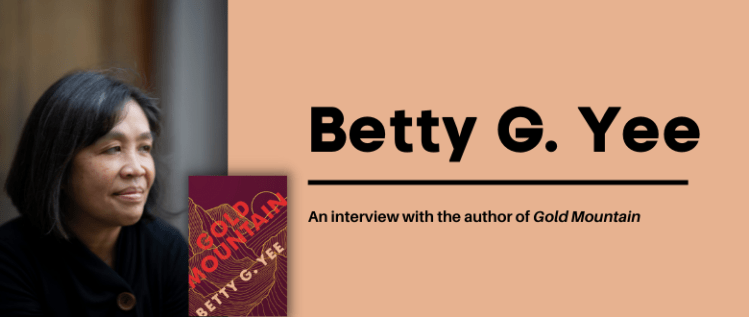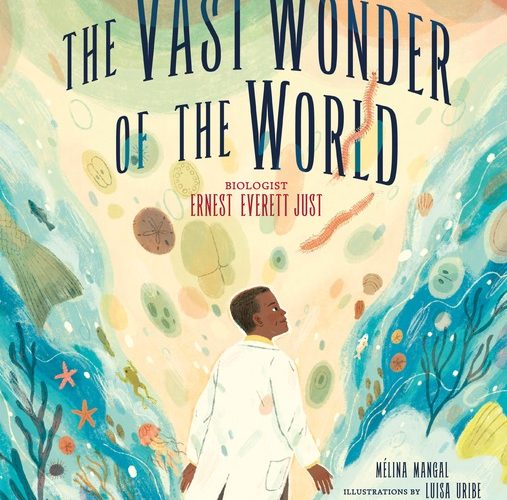Gold Mountain: An Interview with Author Betty G. Yee

Debut author Betty G. Yee tells a suspenseful, immersive depiction of a pivotal point in US history in Gold Mountain. In the 1860s, Tam Ling Fan needs money to help her father. Disguised as a boy, she travels from China to America to take a dangerous job as a laborer on the Transcontinental Railroad.
Read on to discover Betty’s inspiration for this YA novel, her favorite memories during her research, and her hopes for young readers. Don’t forget to download the free educator resources!
What was your inspiration for the book?
The idea for Gold Mountain began with a character: a Chinese girl disguising herself as a boy. It wasn’t long before I placed her in an era I had long held an interest in: the mid-ninteenth century and the construction of the American transcontinental railroad. All my life I’ve heard about the thousands of Chinese sojourners who worked on the transcontinental railroad, and how dangerous that work was. I was curious about who the workers were. This was a chance to find a face and a story for those unknown people.
What is the most surprising thing you discovered while researching the book?
I was shocked by the relatively small amount of information I found about the sojourners. There are volumes written about the financial backers, and about technical details pertaining to the railroad itself, but hardly anything about the Chinese workers themselves. Their names remain unknown despite the fact that they made up ninety percent of the Central Pacific workforce. There is virtually no primary source material available. I had to rely on secondary sources for my research.
What was a challenge in writing this novel?
The challenge to writing historical fiction is in balancing historical facts and events with the needs of the story. For instance, there is no physical (only anecdotal) evidence that Chinese workers used baskets while working on the Cape Horn portion of the railroad, but it was important to make reference to them for the sake of Ling Fan’s character arc as well as serving a vital plot point. I tried to weave a creative thread to allow for the existence of the baskets in my novel while tipping my hat to the argument that their use might have been apocryphal. In the end, my hope is that since it’s clear that the novel is a work of fiction, and that my readers will feel inspired to take a closer look at the time period.
What did you enjoy most about writing this novel?
The more I learned about what the workers did to create the railroad, the scope of their work, the barriers they had to overcome, and the dangers they faced, the more amazed I became. I’m so glad that in researching this novel I discovered information I never read about in my history books at school.
What do you hope your readers will learn or discover from reading this book?
I hope that my readers will gain a broader perspective of the time period, and more importantly, to begin to wonder about the missing voices and stories of other historical moments.
Free Educator Resources
Download this discussion guide and teacher guide to spark conversation in the classroom and provide further research!
Praise for Gold Mountain
“Gold Mountain is the historical tale of a courageous daughter whose determination helps to change the face of America, as well as her Chinese family’s fortunes.”—Foreword Reviews
“An adventure-filled glimpse into history through the eyes of a determined daughter.”—Kirkus Reviews
“A thought-provoking adventure that adds more nuance and complexity to the history of the building of the transcontinental railroad.”—School Library Journal
Connect with Betty

Betty G. Yee was born and raised in Massachusetts. She spent much of her early life reimagining stories or writing sequels to them. Betty has taught elementary school for over twenty years. When she’s not teaching, reading, or writing, she enjoys traveling, biking, and eating French fries. She lives in Medford, Massachusetts with her two bossy cats, Zara and Piper.
To read more from our amazing authors and illustrators click here!



Comments